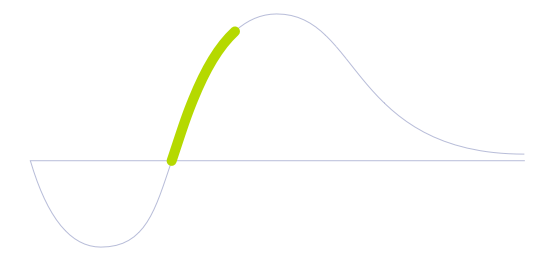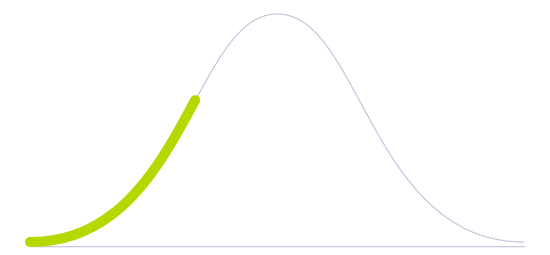Generative AI

Technology Life Cycle
Marked by a rapid increase in technology adoption and market expansion. Innovations are refined, production costs decrease, and the technology gains widespread acceptance and use.

Technology Readiness Level (TRL)
Prototype is fully demonstrated in operational environment.

Technology Diffusion
Embrace new technologies soon after Innovators. They often have significant influence within their social circles and help validate the practicality of innovations.

Also called GenAI, this technology leverages artificial intelligence to generate new, unique datasets that resemble the training data it was fed but are distinct and original. This includes text, code, images, videos, music, product design and even complex simulations. This is achieved through advanced machine learning models, such as Large Language Models (LLMs), Diffusion Models, Generative Adversarial Networks (GANs) or Variational Autoencoders (VAEs), which learn to mimic the distribution of data in a given dataset and then produce new data points with similar properties.
In the digital sphere, generative AI is revolutionising how content is created, enabling the automation of tasks like writing articles, generating realistic images, and developing more natural-sounding chatbots. This not only increases efficiency but also opens up new avenues for creativity and personalisation in customer service and marketing strategies.
In the realm of climate science and environmental sustainability, it assists in modelling and simulating complex environmental systems, providing valuable insights for policy-making and conservation efforts. Similarly, in healthcare, generative AI accelerates drug and protein discovery and the development of personalised treatment plans by analysing vast amounts of data to predict outcomes and recommend interventions.
GenAI also plays a crucial role in the manufacturing and raw materials sectors by optimising processes and discovering new materials, contributing to more sustainable practices and reducing waste. In the food industry, it aids in enhancing agricultural productivity and sustainability through crop optimisation and resource management.
Urban mobility benefits from generative AI through improved traffic management systems and the development of autonomous vehicle technologies, aiming to make transportation more efficient and reduce carbon emissions. Lastly, in the fields of creativity and culture, generative AI is unlocking new forms of artistic and musical expression, enabling artists to explore novel concepts and ideas.
Image generated by Envisioning using Midjourney